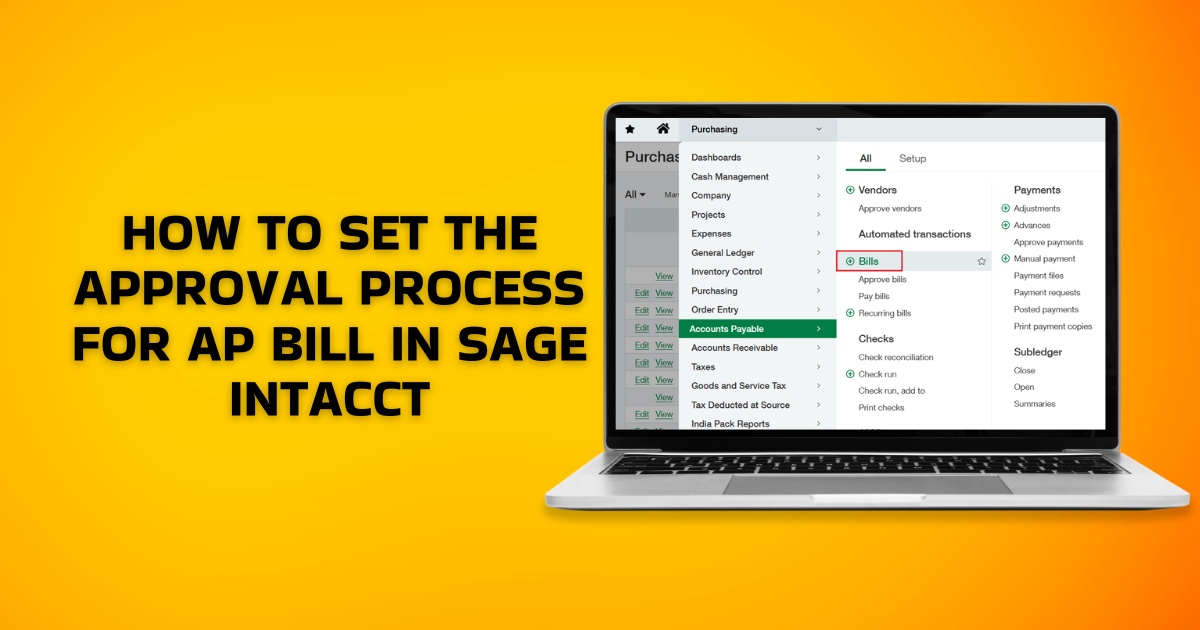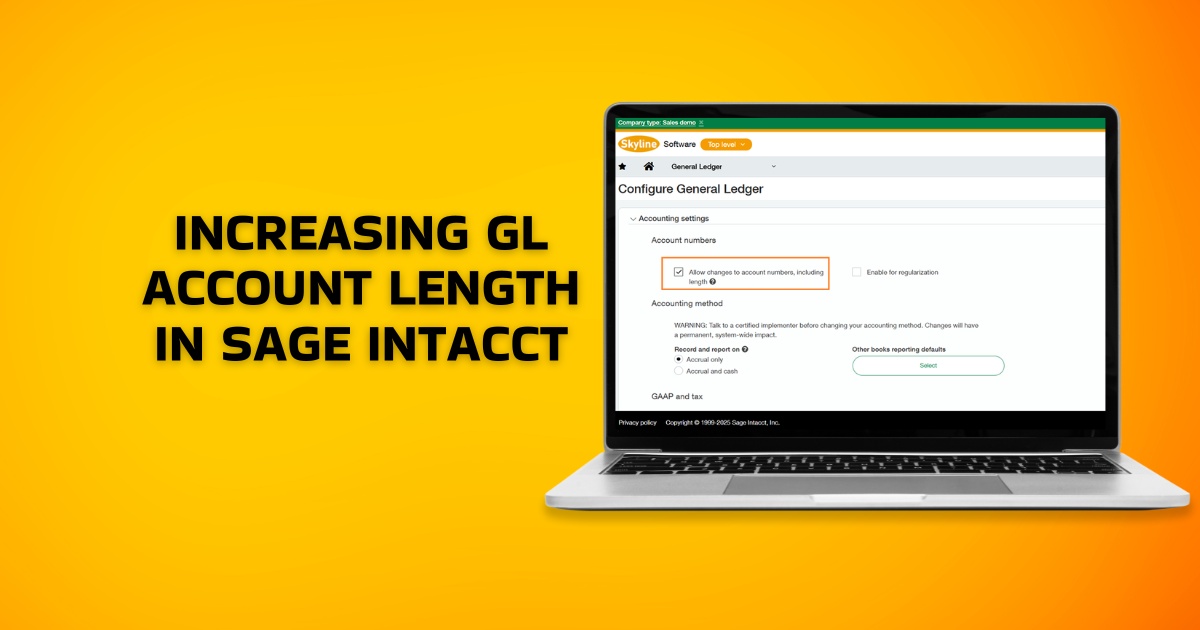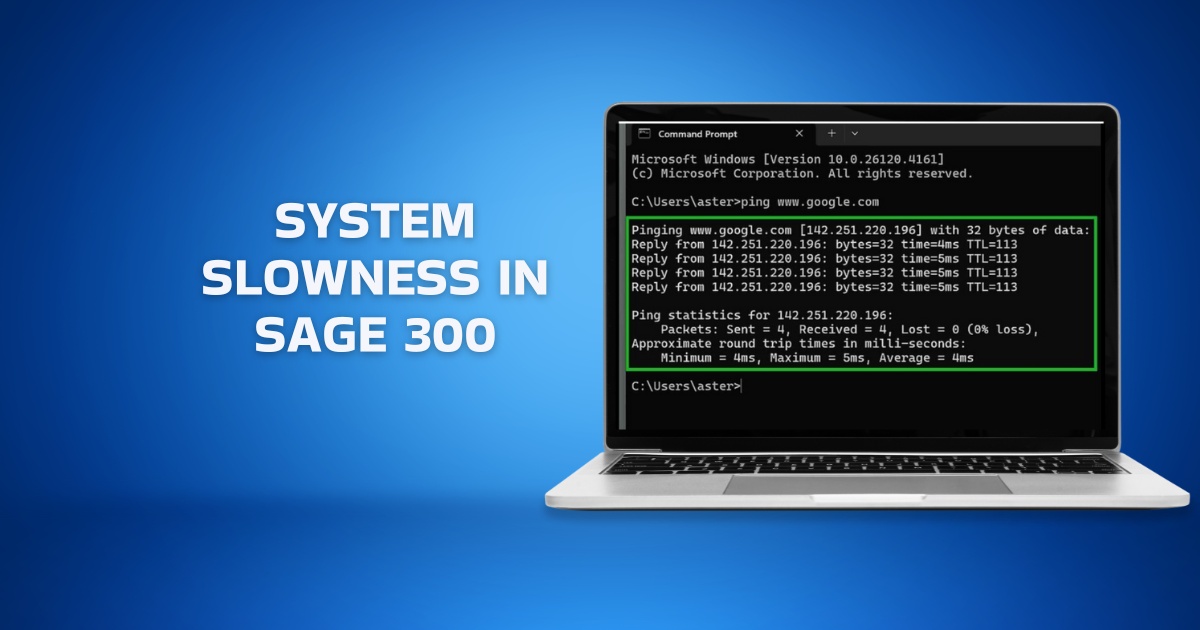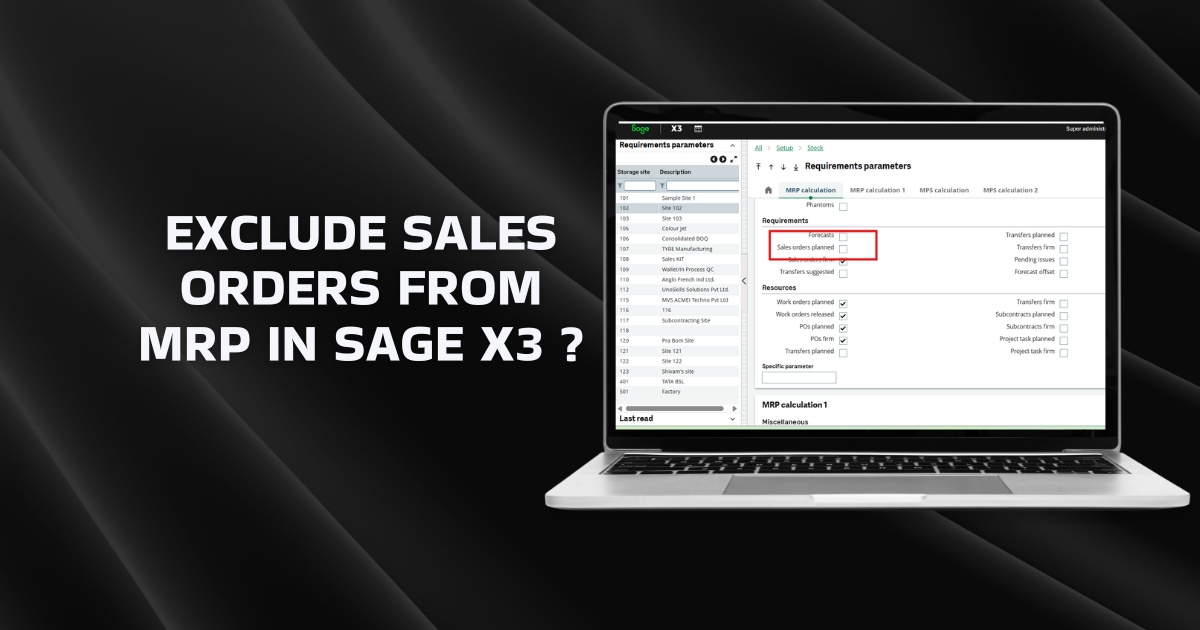What is Order Processing?
Order processing is a systematic procedure for receiving, managing and fulfilling customer orders accurately and efficiently. The multiple steps of order processing, from order entry to inventory management, production scheduling and shipping, are streamlined to improve customer satisfaction and minimise the cost of processing orders.
As soon as the customer places the order, the supplier must ensure that their resources, including labour, machinery and material, as well as their order processing system, are fully aligned to process orders smoothly without errors and delays.
Why is Efficient Order Processing Important?
The global multichannel order management market size is expected to touch $6.86 billion by 2030, highlighting the growing need among businesses to streamline their order fulfilment process.
When an organisation processes orders faster and delivers them exactly as per customer requirements, it builds customer trust over time, and they are more likely to offer repeat business.
However, with high-order volumes and varying customer specifications, it can become challenging for manufacturers to keep track of every order, which increases the likelihood of errors. Applying correct tax rules to sale and purchase transactions further complicates the order processing process.
To overcome these challenges, manufacturers are fast shifting towards automation by deploying the best ERP software in India to manage the entire order processing workflow. An efficient order processing system can significantly reduce costs and allow better inventory control.
Such automated order processing software solutions unlock a new level of efficiency, allowing companies to set order priorities, maintain appropriate inventory levels, plan and schedule production, and process payments for multiple orders.
Order Processing Steps
In manufacturing, an order processing cycle involves various steps, including order entry and verification, inventory check and planning, production planning, picking, packing and shipping.
1. Order Entry and Verification
Order processing begins when a customer issues a purchase order. Your ERP system verifies and captures order details, including customer name, product specifications, quantity, price, expected delivery date and mode of delivery.
2. Inventory Check and Planning
Next, the raw materials and semi-finished components available in stock are compared against the Bill of Materials (BOM). Material Requirements Planning is a crucial step as it helps to verify what inventory is available, what needs to be ordered and when for a smooth production run.
3. Production Planning
Once the required material is aligned, the next step is to plan production schedules based on customer delivery deadlines and production capacity. Accordingly, the resources like labour and equipment are allocated.
4. Picking and Packing
The finished products move further up in the assembly, where they are packed as required and sent to the warehouse for storage. A warehouse management system simplifies the receipt, storage and dispatch of multiple orders, significantly reducing administrative errors.
5. Shipping
At this stage, all the necessary shipping documentation is prepared, such as tax invoice and delivery challan. The purchase order is matched with the sales invoice, and the customer’s shipping instructions are confirmed. Suppliers can partner with a third-party logistics provider, which can help them save shipping costs and expand their customer base.
Also Read : What is a Work Order? | Definition, Benefits And Examples
Types of Order Processing Methods
Order processing methods can be broadly categorised into two types: traditional and modern approaches.
Traditional Order Processing
Being a traditional method of order processing, this method relies heavily on manual data entry. The entire order management process is either paper-based or involves spreadsheets and basic accounting software. From order entry and inventory control to generating work orders, creating invoices and shipping documentation, everything is based on manual processes.
Although many businesses still utilise this approach, it offers lower visibility into operations and frequently leads to errors and delays in order processing. Moreover, amid rising complexity in customer demands, such methods can result in high costs, lost sales opportunities, poor inventory control and substandard customer service, especially when operations are scaling.
Modern Order Processing
Under this method, companies deploy automated order management solutions like ERP software to manage the order fulfillment process. Automation enables faster and better decisions on purchase, inventory, production and sales.
By reducing repetitive manual data entry tasks, this method significantly boosts employee productivity and order processing efficiency. Not only does it accelerate the order-to-cash cycle, but it also provides businesses with the flexibility to handle large and complex orders. Besides, customer-specific requirements, urgent orders, and order changes can be easily managed without causing bottlenecks in the system.
How Do ERP Systems Ensure Accurate Order Processing?
An Enterprise Resource Planning (ERP) system is a comprehensive order management solution that streamlines business operations. Multiple ERP modules work seamlessly for efficient order management, reducing costs and enhancing customer service.
Let’s find out how ERP software systems streamline order processing.
• Order Entry
Customer orders from all sources, like phone, email, scanned documents and messages, are recorded into the ERP system in a standardised format. If you receive orders via your e-commerce website or CRM software, ERP integration allows you to directly capture order details without manual data entry.
• Order Validation and Credit Check
The next step is to verify if the order received is accurate before it can be processed. Such details could include customer verification, product pricing, quantity, and stock availability. The ERP solution also checks if the customer’s credit is within limits to allow a sale. Order validation controls within ERP make this process smooth.
• Inventory Management
One of the many advantages of ERP system is the real-time visibility into inventory levels at every stage of the supply chain. If the stock falls below threshold levels, it can automatically send reorder alerts and trigger purchases with built-in approval mechanisms.
Simultaneously, the system prevents overstocking. With vast customer data in its repository, ERP allows you to analyse order trends and perform demand forecasting so that you avoid ordering in excess and minimise inventory holding costs.
• Production Planning and Scheduling
ERP systems play a fundamental role in production planning through Bill of Materials (BOM) tracking. By analysing multi-level BOM data, which includes sub-asssemblies and components, the system can generate inventory requirements and allocate resources needed for production.
• Quality Control
Quality assurance is an integral part of the ERP order processing workflow, with QC checks built in at every production stage. This reduces rework and minimises defects, saving time and money. Whether it is monitoring raw material data, WIP product quality, or supplier performance, tracking of these quality metrics improves batch traceability, helping you manage quality better. Even product recalls can be handled more efficiently.
• Packaging and Delivery
Packaging requirements vary across customers. Some customers want barcodes and labels on each carton or product for easy tracking. Others want protective packaging, such as moisture barriers and cushioning, for compliance.
Catering to multiple customer requirements can make order processing difficult without a centralised ERP software system. The system can automatically generate shipping labels and barcodes, and synchronise picking by tracking orders.
• Invoicing and Post-sales Support
Based on order details, ERP systems like Sage X3 process payments by automating GSTN invoicing with accurate HSN codes, applying the correct tax rules (CGST/SGST/IGST, RCM, ITC/ISD).
Accounts receivable automation aligns the AR ledger with the general ledger and bank statements for faster reconciliation, speeding up the credit-to-cash cycle and reducing manual errors.
With order tracking in ERP, you can track warranties and manage returns and exchanges easily, enhancing customer satisfaction.
Order Processing Example
A customer places an order for 1000 machine parts. The ERP system automatically checks available inventory. The system detects only 100 parts in stock and blocks them for delivery to this customer. The manufacturing of the remaining 900 parts is automatically triggered. The system tracks BOM data and calculates how much and what inventory needs to be purchased to fulfil the order. A purchase request for inventory is raised, and the production is scheduled.
When the order is ready, the ERP generates and sends the invoice. If the customer wants partial order delivery of 500 parts initially, the ERP can process the partial order. Throughout the process, the system provides real-time visibility into order status, which improves customer communication.
Conclusion
One of your primary objectives as a manufacturer is to process customer orders smoothly, accurately and on time. To do that, you need an order management system that enhances customer experience, results in cost savings and improves data accuracy across the supply chain.
Sage X3 ERP is a customer-centric, scalable ERP solution built to make order processing efficient and error-free. It automates order processing workflow, accelerating the order-to-cash cycle and enabling faster decision-making to support your business objectives.
Order Processing FAQs
1. What is the Role of Order Processing?
The key role of order processing is the accurate and timely delivery of customer orders. To achieve this, the entire order processing workflow from order receipt to delivery must be managed carefully with the help of an order processing system.
2. What Factors affect the Order Processing Cycle?
Various factors can affect the order processing cycle, including the type of products, order volume, seasonal order patterns, inventory control, production complexity, resource efficiency and availability, and logistics operations.






